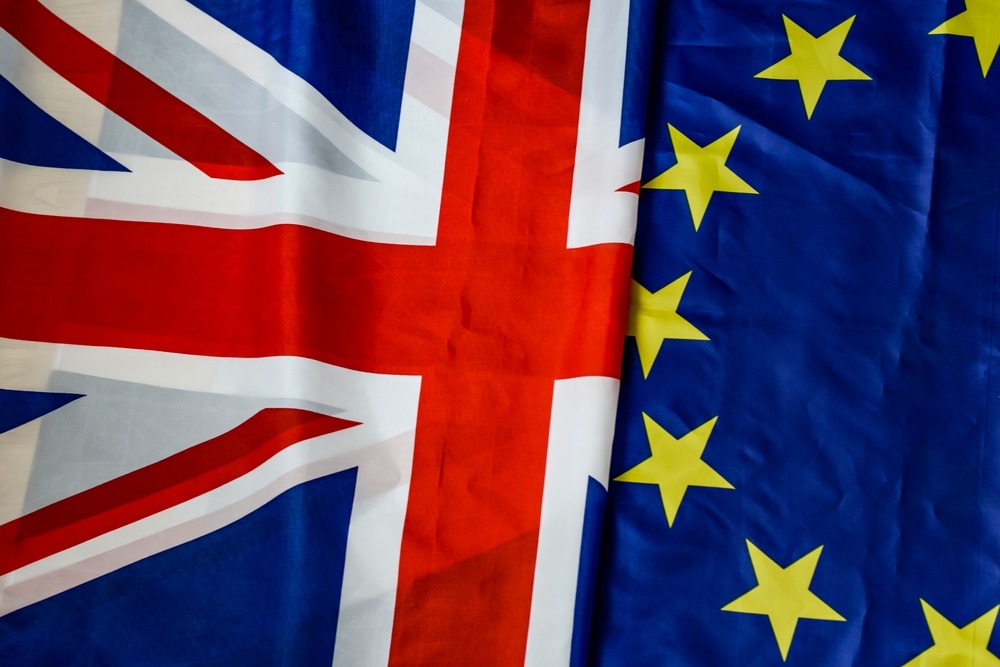Consolidating the European Open Banking Ecosystem
Open Banking adoption is notably slower in the EU than in the UK and other nations. Why is this, and how can innovation be encouraged further?
Andria Evripidou, Policy Lead at Yapily, shares her thoughts with Finance Monthly on the state of finance in Europe and its opportunities for improvement.
Fragmentation has been one of the biggest obstacles to growth in the European Open Banking ecosystem to date. Even within the Berlin Group, there are differences in how banks communicate with technology companies and how they connect with APIs.
Because of this disparity, Europe has been slower to adopt Open Banking than the UK and other countries around the world. There were 178 firms in the UK permitted to share bank account and payment information with third party providers (TPPs) in 2020, but only 36 in Germany, 18 in France, 9 in Spain and 6 in Italy.
There is a real opportunity here to consolidate the market and deliver more value-add financial services with the promise of Open Finance. Promoting innovation and creating a level playing field for all payments and data companies, while giving consumers greater visibility over their data and enhancing their financial wellbeing.
Open Banking is the first mile in the Open Finance marathon, and Europe’s regulators are starting to make their next moves towards crossing the finish line.
Catch me if EU can
There are a number of different factors that have contributed towards the fragmented Open Banking landscape we see across Europe today. In some countries, like the Netherlands, consumers have deep-rooted trust in their banks but a distrust in cards. As such, iDeal, an eCommerce payment system initiative driven by Dutch banks, was quickly adopted when it launched in 2005.
In comparison, the level of enforcement by National Competent Authorities (NCAs) of PSD2 requirements was patchy in places. Which in turn created a fragmented approach to PSD2’s implementation across central Europe. And so led to mixed uptake in adoption.
There is a real opportunity here to consolidate the market and deliver more value-add financial services with the promise of Open Finance.
How developed a country’s financial ecosystem is has also played a role in Open Banking adoption. Eastern European countries, for example, that have more outdated financial products and infrastructure have been more receptive to innovation than countries with more advanced financial systems that already meet consumer needs.
The ingredients for Open Banking success
The maturity of the market is intrinsically linked to the adoption rate – adding another layer of complexity to the landscape. Those in the industry know and can see the potential of Open Banking and Open Finance. But wider consumers and businesses are still in need of educating on its benefits and security.
There are active discussions and working groups on how to move Open Banking adoption forward. To address the issue and catch up with the UK and other countries like Australia, the European Banking Authority (EBA) recently published its views on what NCAs should do to further adoption across the region. The aim was to ensure they remove any remaining obstacles that could prevent TPPs from accessing payment accounts or which restrict EU consumers’ choice of payment services.
This move has been well received. It is likely that, going forward, Open Banking integration within Member States will become easier. Over time, this move should make payments via Open Banking more prominent within the mainstream.
An open future for Open Finance
The natural evolution of Open Banking is Open Finance, which has the potential to completely change the way we look at our financial lives and bring about the fourth industrial revolution. Use cases are boundless, and the primary objective is enabling people to properly understand and then ‘optimise’ their overall financial position, ultimately leading to greater financial inclusion for all.
[ymal]
In an Open Finance era, consumers can get a better understanding of their investments using financial management applications that have a holistic view of an individual or business’ financial position in real-time. This will give consumers the ability to consider whether investments continue to meet their needs with access to up-to-date information on costs, tax treatment, performance, risk and other necessary factors.
The same consumer-centric approach that will see the rise of Open Banking across Europe will lay the road for Open Finance.
We have a lot to learn from the Open Banking experience to date to ensure the success of Open Finance. We also know that whichever shape the legislative framework ends up taking, Open Finance needs to be secure and easy to use, and that user journeys need to be properly considered ahead of any legislation design.
A lot more needs to be harmonised compared to the Open Banking experience. And without adequate supervision by NCAs, the implementation of directives is likely to be patchy and may hinder the uptake of Open Finance. But there’s no doubt that we will see the European Open Banking system consolidated in the coming years, giving way to the rise of Open Finance.













